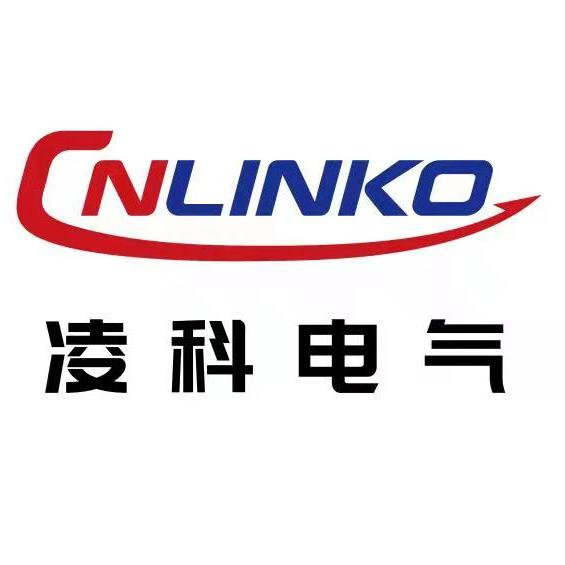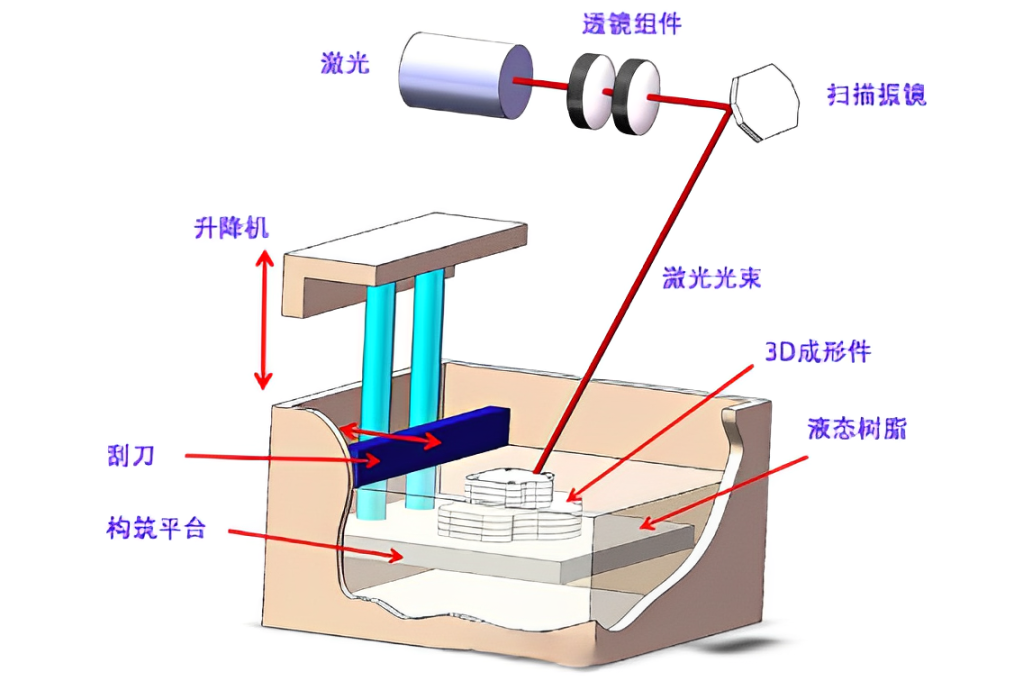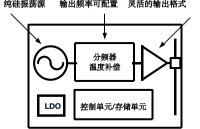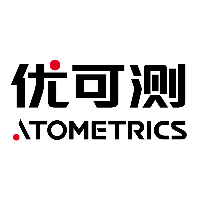After watching Space X explode 27 miles in the air over Cape Canaveral as it went supersonic, I’m looking for some good space news. Fortunately, the initial trials for the first additively manufactured ceramic catalyst bed have been successful. The team behind the trials, led by researchers at the University of Birmingham in England, believe that their new 3D printed ceramic thruster could significantly affect the longevity and the efficiency of space travel.
Historically, the city of Birmingham has been associated with manufacturing since before the Industrial Revolution. In 1791, it was even called “the first manufacturing town in the world.” Now, with funding from the ESA (European Space Agency), it looks like the University of Birmingham is on the forefront again of manufacturing technology, but, this time, they have 3D printed? enhanced catalyst bed thrusters that could launch us out of orbit.? The trials are the apex of several years of research and experiments using 3D printing technology to explore the potential for 3D space engineering and creating a new generation of rocket engines.
Through years of research into 3D printing practices, the research team has developed a new technique which can produce complex ceramic parts with a high surface area per unit mass and a resolution of 100 microns. With the help of their unique additive manufacturing and coating method, they were able to create monolithic catalyst beds that hold up nicely through various rounds of testing, led by Dr. Khamis Essa, Lecturer in Advanced Manufacturing at the University of Birmingham and the initial carried out by Dr. Hany Hassanin, a research Fellow in the School of Mechanical Engineering.? DELTACAT ltd. and the University of Southhampton helped the University of Birmingham develop the trials and tested the engine performance and the new design.
Some of the results: High and repeatable performance overall with and a non-toxic, environmentally sound hydrogen peroxide monopropellant.? Judging from the trials, it seems that University of Birmingham’s monolithic catalyst beds actually out-perform standard ceria pellets catalyst beds. According to the trials, the engine performance was a 20N thrust at 700oc, 3.5bar Pressure drop and 909m/s C* with 99% C* efficiency recorded. In other words, the catalyst beds were extremely reactive.
This 3D printed catalyst bed and all of the additive manufactured parts that are making their way through trials will certainly impact the space industry by encouraging innovative design and material use, increasing performance and compactness, aiding in lower production costs and in producing less overall waste in the manufacturing process. 3D printed products like the University of Birmingham’s catalyst bed, may take years to develop, but once they have a working prototype, can be additively manufactured very quickly so they can make an immediate impact on the market.
Dr. Khamis Essa said of their testing, “These results are truly impressive. The testing team indicated that they have never seen performance like this. I’m excited about developing such revolutionary new technology and look forward to seeing it make high impacts on the space industry.”
自动翻译仅供参考
新型3D打印陶瓷推进器助力太空之旅 看着空间X爆炸27英里空气过卡纳维拉尔角,因为它去了超音速之后,我在寻找一些良好的空间的消息。幸运的是,对于第一相加地制造陶瓷催化剂床中的初步试验获得了成功。在试验中,为首的研究人员在英国伯明翰英格兰大学背后的团队,相信他们的新的3D打印的陶瓷推进器能显著影响寿命和太空旅行的效率。
3D测试印刷陶瓷推进器在南安普敦大学
从历史上看,自从工业革命之前,伯明翰市就一直与制造业联系在一起。在1791,它甚至被称为“世界上第一个制造城市”。现在,在欧洲航天局(ESA)的资助下,伯明翰大学似乎再次处于制造技术的前沿,但这次,他们有3D打印的增强型CAT。我们可以用3D打印技术来探索3D空间工程的潜力和创造新一代的火箭引擎。
3D伯明翰大学印刷陶瓷催化剂bedThrough多年的研究3D打印实践,研究小组已经开发出一种新技术,它可以产生复杂的陶瓷部件,每单位质量高表面积和100微米的分辨率。凭借其独特的添加剂制造和涂装方法的帮助下,他们能够创建托起很好地通过多轮测试,带领由哈米斯埃萨,讲师博士在先进制造,在英国伯明翰大学和初始进行整体催化剂床由哈尼Hassanin博士,研究员机械工程学院。? DELTACAT有限公司。和南安普顿大学的帮助伯明翰大学开发的试验和测试了发动机的性能和全新的设计。
一些结果: - 高和可重复的性能和总体非毒性,对环境无害的过氧化氢单组元推进剂。?从试验情况来看,似乎大学伯明翰的整体式催化剂床实际上在性能标准的氧化铈颗粒催化剂床。据试验,发动机性能是20N推力在700℃,3.5巴的压力降和909米/ s的C *与录制了99%C *效率。换言之,在催化剂床都非常具有反应性。
先进材料加工-3本3D打印的催化剂床层和所有通过实验使他们的方式制造的添加剂部分通过鼓励创新的设计和材料的使用,提高性能和紧凑性,有助于降低生产成本肯定会影响到航天工业和在制造过程中产生较少的总的浪费。 3D打印产品,如伯明翰的催化剂床的大学,可能需要几年时间来开发,但是一旦他们有一个工作原型,可以加和制造非常快,使他们能够使市场产生直接影响。
哈米斯伊萨博士说,他们的测试,“这些结果是真正令人印象深刻。测试团队表示,他们从来没有见过像这样的表现。我很兴奋开发这种革命性的新技术,并期待着看到它使对航天事业高度的影响。“
-
3D打印
+关注
关注
26文章
3551浏览量
109162
发布评论请先 登录
相关推荐
有源晶振在3D打印机应用方案

应用在3D打印机的BD系列金属连接器
3D打印汽车零部件建模设计3D打印服务

UltiMaker正式推出了工业级3D打印机—UltiMaker Factor 4
能入3D打印机法眼,BD系列工业级连接器究竟有哪些独特之处?





 新型3D打印陶瓷推进器助力太空之旅
新型3D打印陶瓷推进器助力太空之旅


















评论